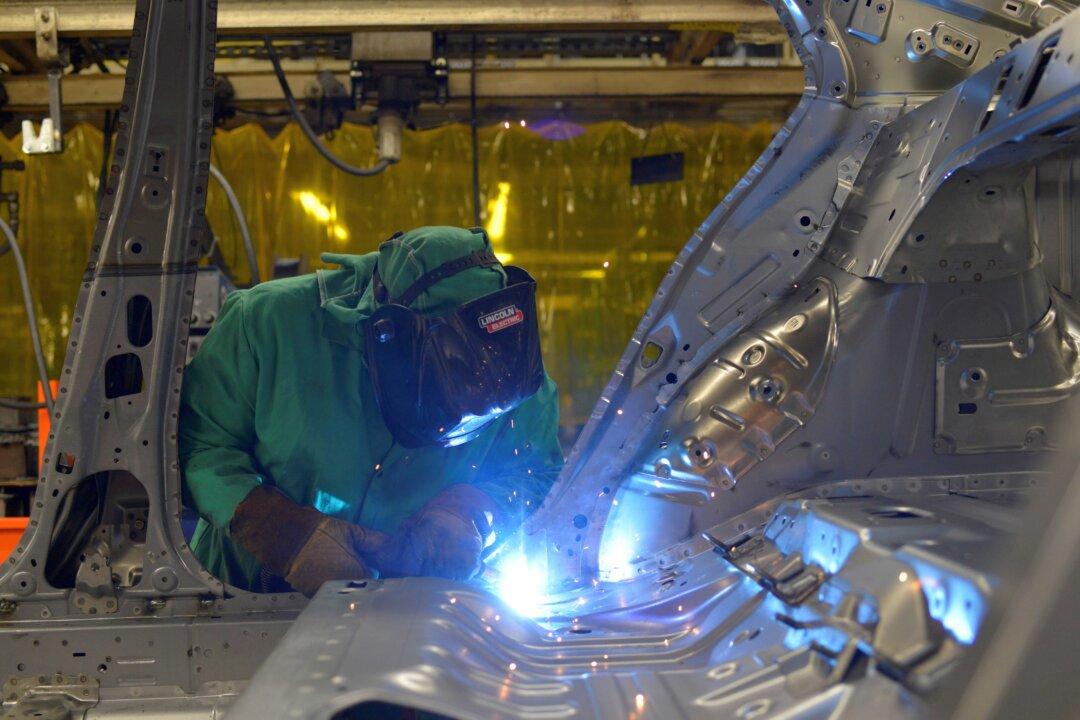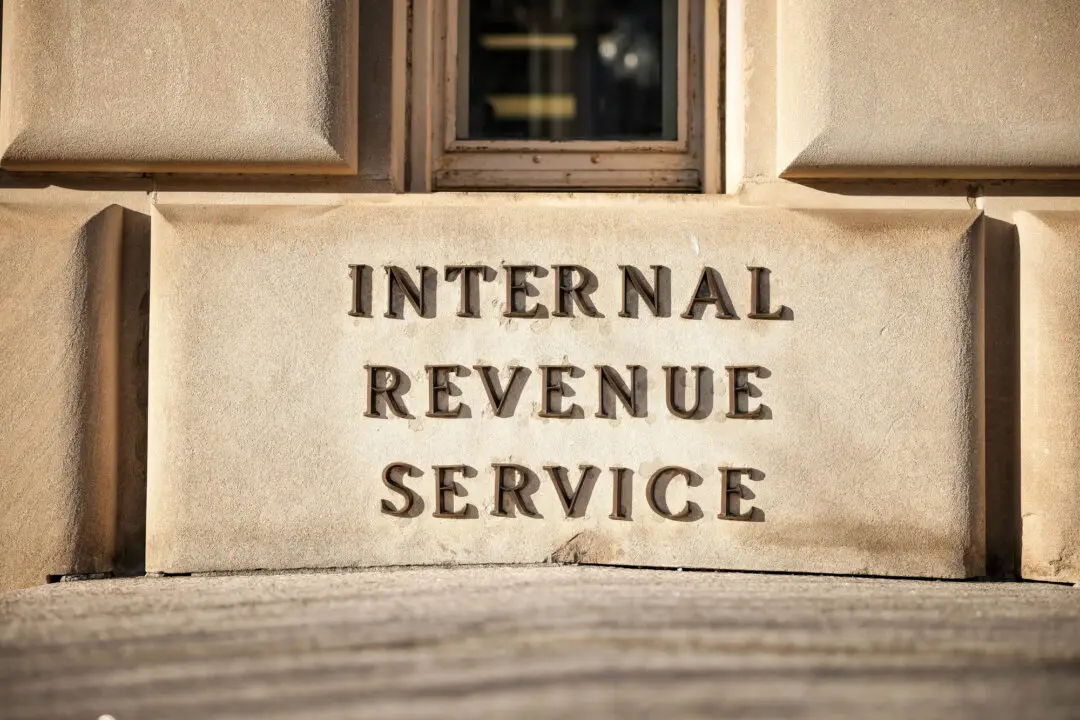Producer prices rose at their highest annual pace on record in August and slightly above expectations, with the newest inflation-related datapoint likely to reinforce broader concerns about rising prices as higher production costs tend to trickle down to consumers.
The Labor Department said in a Sept. 10 statement that, for the 12 months ending in August, the final demand producer price index (PPI) jumped by 8.3 percent, the highest number in the history of the series, which dates from 2010. Consensus forecasts, according to Investing.com, showed economists expected an 8.2 percent rise in the PPI final demand measure.





